"Heart" of Zheltorossiya - Russian Harbin
Russian railway builders, like all foreigners in China, enjoyed the right of extraterritoriality. In accordance with Article 6 of the contract for the construction of the CER in the exclusion zone, all the usual institutions of the Russian administrative system were gradually created: the police, in which the Russians and the Chinese served, and the court. By agreement with the Chinese authorities, the CER must buy from the private owners of the land that it alienates for the needs of the road. The width of the land on the tracks between the stations was set in 40 sazhen (85,4 m) - 20 sazhen in each direction, but in fact was somewhat less. 50 acres of land (54,5 ha) were alienated for large stations, and other stations and sidings - to 30 tithe (32,7 ha). Under Harbin, 5650,03 tithing (6158,53 ha) was initially alienated in several separate areas, and in 1902, the area of alienation increased to 11 102,22 tithing (12 101,41 ha). On the right bank of the Sungari (Harbin) 5701,21 tithes were alienated, on the left bank (Zaton) - 5401,01 tithes. This whole area was united by a common border.
The construction of the Southern Line was one of the priorities assigned by the Russian government to the CER Society. Later, on February 5 and June 29 X. The Tsarist government of the Russian Federation entrusted the organization of the Pacific Shipping Company to the Society. By 1899, the CER had twenty large ocean steamers. They provided freight and passenger communication between the ports of the Primorsk region, the port of the Far and the major ports of Korea, China and Japan, and carried passengers in transit from Western Europe to the Far East. During the Russian-Japanese war, the entire fleet of the CER was completely destroyed.
In Manchuria, new cities grew on the CER: Far, Manchuria and Harbin. Harbin became the “heart” of the CEL. More than a hundred road stations soon turned into flowering villages. 1903 294 sq. m of residential premises, and to 061 g. - 1910 606 square. In 587, the total number of road employees reached more than 1903 thousand, mostly Russian and Chinese. The cost of the CER, including the maintenance of the port of Dalniy and the city of Dalniy, amounted to 39 of 1903 million rubles in gold. By 318,6, it increased to 1906 million rubles. In subsequent years, this amount came close to 375 million rubles.
To reduce the time of construction of the road, the administration of the CER decided to create a large stronghold directly on the territory of Manchuria, which would answer one, but the main requirement: it should be ensured that the huge amount of building materials needed to provide this gigantic communication with the least expenditures is needed. This point was chosen the place of intersection of the railway Sungari river. And it was named simply: Sungari, or Sungari railway village. Thus was founded the city of Harbin, which became the "heart" of Zheltorossiya. The author of the name “Zheltorossiya”, this alienation strip of the CER and its surrounding areas, is unknown. But, by the end of the 1890's. The term Zheltoressiya was widely used not only by the population, but also by the press.
One of the most important preparatory measures for the construction of the road was the organization of the river flotilla CER. The main burden of delivering a huge amount of goods and equipment necessary for construction to Manchuria lay on it. Work on the creation of the flotilla was led by engineer S. M. Vakhovsky. In 1897, he was seconded to Belgium and England, where he concluded a contract for the supply of small-sitting ships and metal barges suitable for sailing along the Sungari for the CER. In a disassembled form, they were transported from Europe to Vladivostok, and from there, for assembly and launching, they were transported to the Iman station of the Ussuri railway, and then to the Red River near Khabarovsk. Vakhovsky organized the assembly of ships. The first ship, the so-called “First”, was launched on July 20, 1898. Soon the “Second” ship was launched. A total of 18 steamships were collected and launched, named from the First to the Eighteenth, 4 boats, 40 steel and 20 wooden barges, and one excavator. During the construction of the road and the city of Harbin, this flotilla transported at least 650 thousand tons of various cargoes.
6 May 1898 from Khabarovsk up the Ussuri to Harbin set off the first ship. It was the ship "Blagoveshchensk", rented from the private Amur society. On board it were the leaders of the construction department, headed by S. V. Ignatius, accompanied by workers, employees and Cossacks of the Security Guard. Swimming was difficult. The main obstacle was the numerous Sungari rifts and shoals. The water in the river was low. In Manchuria, where there is almost no snow in winter, its melting does not cause a rise in water levels in rivers. The water in the rivers rises during the period of intense and frequent monsoon rains - in July and August. Due to numerous delays on the shoals, when it was necessary to unload the heaviest cargoes from a steamer, this journey along the Sungari lasted more than 20 days. 28 May 1898 The steamer Blagoveshchensk arrived in Harbin. This day is considered the day the city was founded. Although the personnel of the CER began to arrive even earlier.
The settlement of Sungari began to turn into a city at a rapid pace. The first railway hospital has opened. Soon a major, well-equipped central hospital of the CER opened in New Harbin. A canteen for builders appeared, the first hotel “Non-Passenger Hamartels” opened. Begin its operations branch of the Russian-Chinese Bank. Developing trade, services. The construction managers took care of both the printing house and the elementary school for children of workers and employees. In February, 1898, in the Anper house in Old Harbin, opened the first small house church. And the first Orthodox priest in Manchuria was Father Alexander Zhuravsky. Later in Old Harbin a small but very beautiful three-domed church was built between the Officers and Army streets. Back in 1898, Harbin was connected to Russia by a telegraph line, which greatly facilitated the construction of the road.
At first, the builders of the CER had big problems with the usual food for the Russians. There were no basic products familiar to Russians, since the Chinese did not grow potatoes or cabbage in Manchuria, did not keep dairy cattle, therefore there was practically no beef and dairy products in the markets. V. N. Veselovzorov in his memoirs, published in the Harbin newspaper “Russkiy Golos”, wrote: “The inhabitants and servants of the road suffered from the absence of rye bread and buckwheat porridge. The game — pheasants, goats, izyubryabratina — was abundant, but it was boring, and it was almost impossible to get ordinary beef, since it was also imported. Russian cabbage, potatoes were rare during the construction of the city. They, like butter, were brought from Siberia. But alcoholic beverages were abundant thanks to duty-free trade and free ports of Vladivostok and Port Arthur. For example, the cognac of the best brand “Three Stars” - Martel cost 1 ruble 20 kopecks a bottle, and a quarter of vodka cost 30-40 kopecks! For an empty bottle, the peasants were given a chicken, for a hundred eggs they took a quarter (25 kop.), And for a couple of pheasants - 20 kopecks! At the same time, shaving at a hairdresser was worth 2 gold rubles. ”
In 1899 in Harbin, there were about 14 thousands of immigrants from the Russian Empire, mostly Russians, but there were also Poles, Jews, Armenians and other nationalities. According to the results of the first stories Harbin census, conducted by 15 March 1903, the population of the Harbin Rift Line was 44,5 thousand. Of these, Russian subjects were 15,5 thousand people, Chinese citizens - 28,3 thousand people. By 1913, Harbin was actually a Russian colony for the construction and repair of the CER. The population of the city was 68,5 thousand people, mostly Russian and Chinese. The census records the presence of 53 citizens from different countries. In addition to Russian and Chinese, they also spoke 45 languages.
At the beginning of the 20th century, construction in Harbin increased even more. Since 1901, the area of newly built residential premises has increased annually by 22 750 square meters. At the same time, the building of the Road Administration with an area of around 16 800 square was being built. m, security headquarters (more than 2270 sq. m), male and female commercial schools (more than 7280 sq. m), Railway hotel (about 3640 sq. m), post and telegraph office, schools for boys and girls and the building of the Public Assembly, The central hospital was being completed. At the beginning of 1903, on Vokzalnoy Avenue, a large, beautiful building of the Russian-Chinese Bank was built.
The administration paid great attention to the cultural leisure of Russian builders. One of the entertainments was a visit to the 25 in the evenings of December 1898 in the Old Harbin Railway Assembly. Harbin residents loved choirs, both secular and ecclesiastical. They have always been extremely popular in Harbin. The first amateur choir sang on the small stage of the Railway Assembly. Amateurs played various musical instruments brought by them from Russia. The first concerts of professional artists who came from Russia became a big holiday for the people of Harbin.
Over time, along with such types of recreation in Harbin, places of recreation and entertainment of a slightly different type quickly began to appear, for example, cafesantan (a cafe with an open stage, where songs and dances are performed) under the loud name "Bellevue". Among the builders, the vast majority of young and single men, this institution was extremely popular. This and similar establishments were also very popular with the officers of the Security Guard, who lived for months in the desert stations and on the road. Harbin for the military was the most attractive resting place. The distance in 200 and even in 300 versts to Harbin was considered trivial for young officers and was often overcome by them both ways. Therefore, the cafeteria was constantly crowded with the public and worked all night. “Shrouded in clouds of tobacco smoke, by the light of kerosene lamps and candles on the stage, the Romanian orchestra thundered, French chants performed, dancing the corps de ballet. It was, so to speak, pop. And beside, to the side, behind the green tables, between regulars, random players and indispensable participants of such companies - sharpeners, there was a gambling game of nine, a piece of metal, a shtos and a can. Stacks of gold coins passed from hand to hand. Arising misunderstandings were sometimes resolved by quarrels and fights, but without firing. The Russians preferred to wield not with revolvers, but with their fists. ”
CEL. Art. Manchuria. Railway station
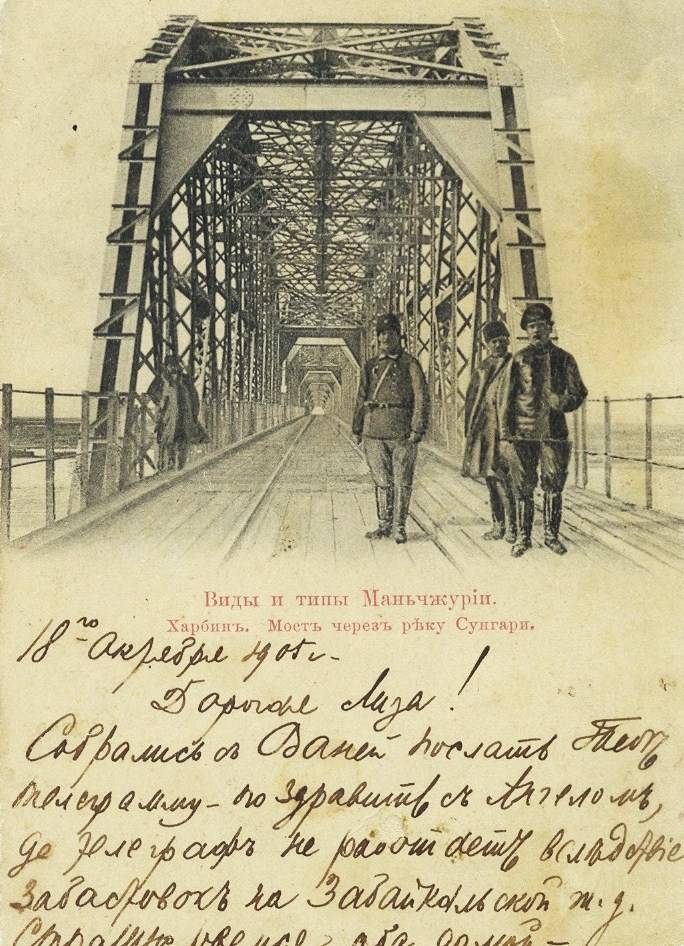
Security of the CER
As predicted by the most far-sighted opponents of the Great Route route through Chinese territory, the road had to be guarded by still quite large military forces. In Zhellotossii appeared its own army - the Security Guard of the CER. The former commander of the 4-th Transcaspian rifle brigade, Colonel A. A. Gerngross, became the first head of the Security Guard. The personnel of the Security Guard served as a free-lance employer, most of whom were Cossacks. Initially, 5 hundreds of horsemen were formed: one from the Terek Cossack army, two from the Kuban, one from the Orenburg and one hundred mixed. 26 December 1897 All five hundred arrived on the steamer "Voronezh" in Vladivostok and began to serve in Manchuria. The salary in the Guard was much more than in the army. Thus, the rank and file received 20 rubles in gold per month, watchmans - 40 rubles with ready-made uniform and a table. For the Cossacks of the Security Guard, its own form was created: black open cuffs and blue leggings with yellow stripes, caps with a yellow edging and a crown.
In accordance with the agreement with China, the Russian Empire was not supposed to introduce regular army units into Manchuria. And in order to further emphasize the difference between the Security Guard and the regular units, they did not wear epaulets. On the officer’s uniform they were replaced by the image of a yellow dragon. The same dragon decorated hundreds of badges and was on buttons and cockades of the popes, because of which in the Ural hundred even almost started a riot. The Cossacks decided that the dragon is the seal of the antichrist and it is not fitting for a Christian to wear such an image. They refused to wear dragons on themselves, but the authorities threatened, and the Cossacks found a way out - they began to wear caps with cockades back, because the seal of the antichrist is placed on the forehead, and nothing is said about the back of the head. In addition, officers wore gold plated shoulder braids. But they very painfully tolerated the absence of epaulets, especially during trips to Russia.
Interestingly, the army officers did not like the officers of the Security Guard, and the Security Guard itself was called “customs guards” or “Matilda’s Guard” - after the wife of the chief of the entire Border Guard corps S. Yu. Witte Matilda Ivanovna. Ensign A.I. Guchkov, the future minister of the Provisional Government, the future generals and leaders of the White armies A.I. Denikin and L.G. Kornilov served in the Security Guard of the CEL at various times.
By 1900, the guard of the CER consisted of: Headquarters (Harbin); The convoy of the chief chief of the guard of the CER; 8-mouth (two thousand bayonets); 19 hundreds of hundreds (two thousand checkers). On the 1901 year, the 18 of May 1901, according to the “all-present” report S. Yu. Witte, the states of the county were approved by the king: 3 general, 58 headquarters and 488 chief officers, 24 physician, 17 veterinarians, 1 priest, 1 art chinovnikov. lower ranks, as well as 25 9 combatant and artillery horses. Composition: District headquarters and artillery headquarters were located in Harbin, four Zaamur brigades. 384 January 9 of the year on the basis of the Security Guard of the Chinese Eastern Railway was formed Zaamursky District Separate corps of border guards.
Judging by the memoirs and memoirs of the participants in the construction of the CER, the Security Guard carried out its service regularly. Its main task was to protect the builders, stations and lines of the railway. Each brigade consisted of two linear and one reserve detachment, which had "a common numbering throughout the district, separately linear and separately reserve". The task of the linear detachments included service along the railway. The reserve detachments were to maintain and, if necessary, replenish parts of the linear detachments and serve as a training point for the newly arrived reinforcement. The ratio of the number of companies, hundreds, batteries in the squad depends on the length of the site, the number of stations, the population of the area and the nature of the attitude of local residents to the railway. Detachment areas were divided into company. The companies were located at stations and near important points along the railway line in the travel barracks at a distance of about 20 versts. The travel barracks were adapted to defense against units with a force of "several hundred people without artillery". The personnel of the company were distributed as follows: 50 people were in reserve at the company headquarters, and the rest were at posts along the line. The posts were located at 5-verst distance from each other, each consisted of personnel from 5 to 20. Each post was built tower for observation and "milestone" - a tall pillar, wrapped with tarred straw. During an alarm or attack, straw was set on fire, which served as a signal for neighboring posts. Continuously from post to post line patrols were conducted.
Hundreds of linear detachments were also directly involved in the protection of railway facilities. They were distributed along the line at stations and stations. Centennial sections of protection did not coincide with the boundaries of the company. Their task was to supervise the area adjacent to the railway and guard the outposts and residents of the right of way from sudden attacks, for which they sent out patrols up to 15 people. Companies and hundreds of reserve units made up private reserves. They were entrusted with the following tasks: actions against Hunhuz gangs in the 60 area in each side of the protected section of the road, supporting traveling companies and finding them if they were attacked and needed to be replenished, guarding the station and man-made railroad facilities concentration, the allocation of various teams for the protection of works performed by the railway, the appointment of convoys for the protection of agents of the railway and support of trains, the expulsion of crossings.
At first, the attacks of the Hunguzes (Sino-Manchu gangs) on the posts occurred quite often. Security guards repelled all attacks, then pursued the robbers and inflicted on them cruel reprisals. As a result, the Hunguzes were so frightened by the Russian Cossacks that they practically stopped attacking the CER.
Formally, the security guard was charged with controlling the terrain on the 25 versts to the sides of the railway (area of direct protection) and conducting long-distance reconnaissance another 75 versts (the sphere of influence). In fact, the Security Guard acted at a distance of 100-200 versts from the railway. In addition, the guards guarded ship traffic along the Songhua (convoy on ships and posts along the banks of the river), large forest harvesting of the road, performed judicial and police functions.
By the beginning of the Japanese war, the Zaamur district of the border guard was under the command of the Manchurian army. But frames and traditions remained the same. On the vast stretch of Eastern (Transbaikalia - Harbin - Vladivostok) and the southern branch of the Manchurian roads (Harbin - Port Arthur) were located 4 brigades of border guards, with a total of thousands of infantry and cavalry and 24 guns in 26. These troops were located on a thin web along the line, with an average of 11 people per kilometer of track. During the years of the Russo-Japanese War 1904 — 1905. parts of the district, in addition to performing their main task of protecting the CER, took part in the hostilities. They prevented 128 sabotage and sustained more than 200 clashes.
After the Japanese campaign, due to the reduction in the length of the CER, it became necessary to reduce the protection of this highway. According to the Portsmouth Peace Treaty, it was allowed to have up to 15 guards per kilometer of railway, including railway workers in this number. In this regard, 14 in October 1907, Zaamursky District was reorganized into new states and included 54 companies, 42 hundreds, 4 batteries and 25 training teams. These troops were organized into 12 units that made up three brigades. 22 January 1910, the district was reorganized again and "received a military organization." He included 6 foot regiments, 6 equestrian regiments, which included a total of 60 companies and 36 hundreds with 6 machine-gun teams and 7 training units. The district was assigned 4 batteries, a sapper company and a number of other parts.
A similar staffing of the Zaamur district remained until the 1915 year, when at the height of the First World War, part of the personnel was sent to the Austro-German front. 6 infantry regiments of two-battalion squadron, 6 cavalry regiments of the five hundred hundred squadron with machine-gun commands, artillery units and a sapper company were sent to the army in the army. Only 3 infantry battalions and 6 cavalry hundreds remained in China’s Zaamursky District in the territory of China, which made it very difficult to carry out the tasks assigned to the district. However, the deteriorating situation on the fronts led to another mobilization (August - September 1915 of the year) on the CER, after which only 6 personnel hundreds remained in the district. To compensate for the lack of forces, the militia groups were organized in which persons fit only for non-combatant service were involved.
The 1917 revolution of the year caused the disorganization of the militia and made it impossible to carry out tasks to protect the CER. The spontaneous demobilization of the Russian army in 1918 was fully reflected in the Zaamur district. After that, in the band of the CEL almost completely with impunity gangs of the Hunhuz were robbed. Officially, the CEL guard ceased to exist in July 1920.
Construction of the CER
From Harbin the construction of the road was carried out simultaneously in three directions: to the Russian border to the west and east, and to the south - to the Far and Port Arthur. At the same time, the road was also built from the end points: from Nikolsk-Ussuriisky, from the direction of Transbaikalia and Port Arthur, and also on separate segments between these points. The task was set to close the ways as soon as possible, at least on a temporary basis. The road was designed single-track. Capacity was adopted in 10 steam locomotives with the prospect of bringing it in the future to 16 steam, that is, almost to the upper limit for single-track railways, which was 18 steam trains per day.
By the summer of 1901, the laying of the path reached Buchad and began to rise to the Khingan Range. The approach to the future tunnel on the steep eastern slopes of the ridge was designed by engineer N. N. Bocharov as a full loop with a radius of 320 m, in which the lower path passed in a stone pipe under the upper one. This was also due to the need to reduce the length of the future tunnel. Already on the paved path to Hingan were delivered the necessary for the construction of machinery, equipment and building materials. The loop and tunnel were built from March 1901 to November 1903. And at that time, the railway from Khingan went far to the west, and on October 21 1901 near Unur was joined by the bow of the Western line.
The route from Harbin to Vladivostok was connected by 5 in February 1901 in February at the Handaohehetzi station, and from Harbin to the Far - in July 5 of the same year. The laying of the track on the CER was thus completed all along, and the road was open to the working movement of trains.
In the autumn of 1901, after the arrival of the necessary equipment, intensive work was begun on punching the tunnel. Until the completion of the construction of the tunnel and the train loop, they were skipped in both directions through the system of temporary dead ends, located on the eastern slope of the Great Khingan, and the lower loop run. The workers' settlement, which grew up near the eastern portal of the Khingan Tunnel, was called the Loop. First of all, the railroad tracks were laid and dead ends were arranged, with the help of which Bocharov successfully solved the problem of overcoming the Khingan Range by railroad. These famous Bocharovsky dead ends began immediately behind the loop station. Their construction was due to the need to organize a temporary bypass rail service for the supply of building materials and equipment for the line under construction, as well as for the delivery of passengers until the tunnel is ready. For this purpose, the system of railway deadlocks served - segments of a path of half a kilometer in length each, arranged in three tiers in the form of a zigzag along the ridge slope. Dead ends allowed the trains to descend from the steep eastern slope of the Great Khingan, and to rise from the bottom to the highest point of the pass and thus ensured the possibility of uninterrupted railway communication bypassing the tunnel long before it was commissioned.
1 July 1903 of the CER went into regular operation, albeit with a large number of subquality work. The tunnel through the Great Khingan has not yet been completed. In the winter of 1903-1904 between the Moscow and the port of Far, four luxuriously equipped passenger trains traveled weekly. They left Moscow on Mondays, Wednesdays, Thursdays and Saturdays. At noon on the third day the train arrived in Chelyabinsk, in the morning on the eighth day - in Irkutsk. Then there was a four-hour ferry across Baikal by ferry (or driving on the Circum-Baikal Road after putting it into operation). At noon, on the twelfth day, the train arrived at Manchuria station, and five days later - at the port of Dalniy. The entire trip took 16 days instead of 35 on an ocean ship.
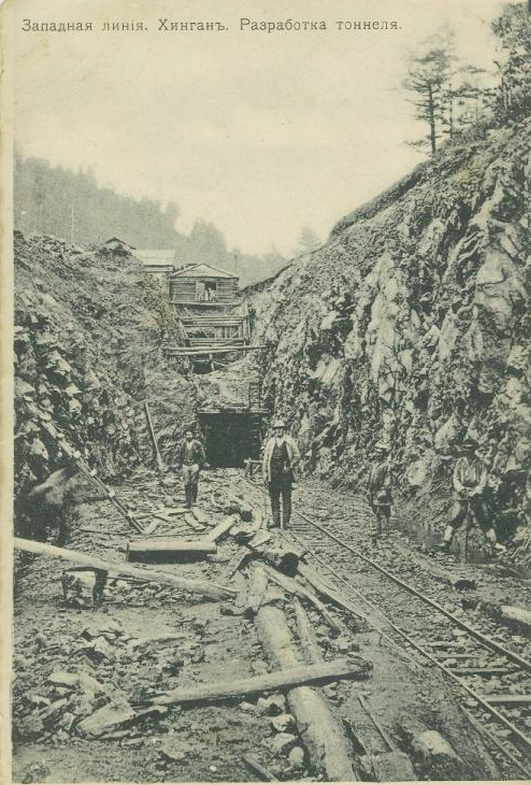
Completion of the construction of the CER immediately improved the socio-economic situation of Manchuria, turning this backward territory into an economically developed part of the Qing Empire. By the 1908 year (in less than seven years), the population of Manchuria grew from 8,1 to 15,8 million due to inflows from China itself. The development of Manchuria began at such a rapid pace that after a few years Harbin, Dalniy and Port Arthur overtook the population in the Far Eastern Russian cities of Blagoveshchensk, Khabarovsk and Vladivostok. And the excess population in Manchuria led to the fact that in the summer tens of thousands of Chinese migrated annually to work in the Russian Primorye, which still lacked the Russian population, which continued to hamper the development of the region. Thus, as predicted by the opponents of the CER, its creation led to the development of Celestial (its backward margin), and not the Russian Far East. And good wishes for Russia to enter the markets of the Asia-Pacific region remained on paper.
The defeat of Russia in the war with Japan has affected the future prospects of the CER. According to the Portsmouth Peace Treaty, most of the southern branch, which turned out to be in Japanese-occupied territory, was transferred to Japan, forming the South Manchurian Railway (UMZH). This put an end to the plans of the government of the Russian Empire to use the CER to enter the markets of the Asia-Pacific region. In addition, the Russians themselves built strategic communication for the Japanese.
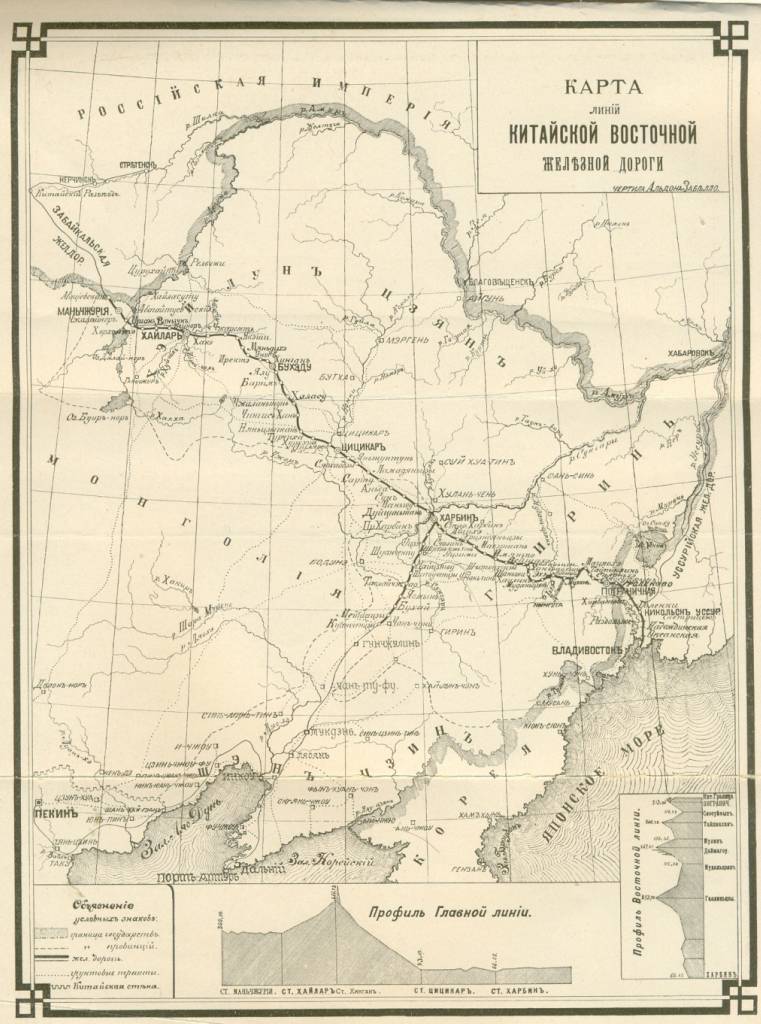
- Alexander Samsonov
- Lost Russian lands
Lost Lands of Russia: Russians Hawaii
How Westerner Nesselrode ruined the project "Russian Hawaii"
Russians in California
Expedition of Ivan Kuskov
Friendly relations with the Indians were the strategic advantage of the Russians in California
How the Spaniards tried to oust the Russians from California
For the fate of Russian California, the transition to peasant colonization would be a salvation
Zhellotossiya. How Russia tried to become the “Great Eastern Empire”
How Russia challenged Japan
St. Petersburg's strategic mistake: the construction of the CER
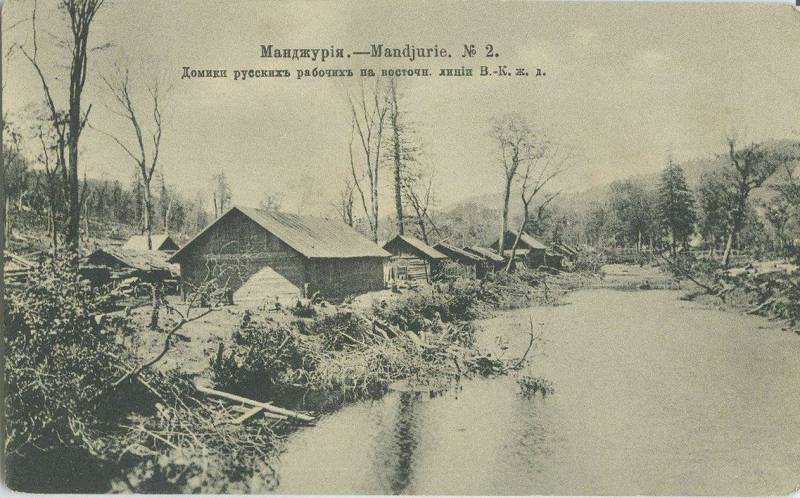
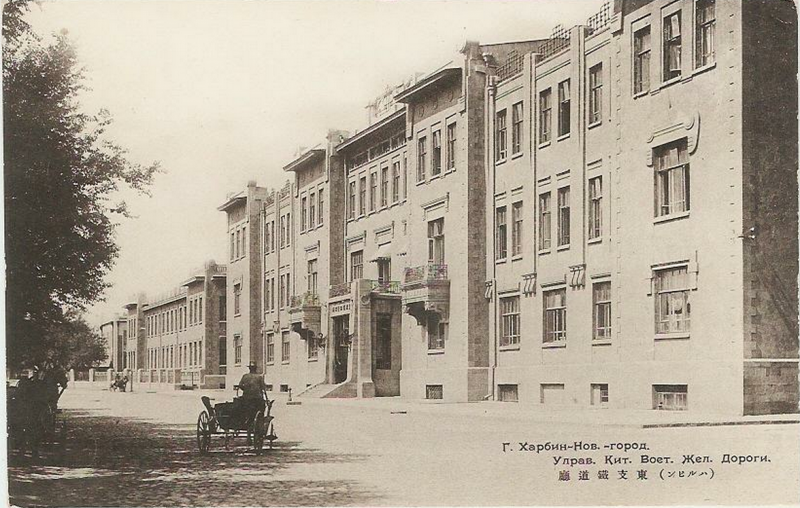
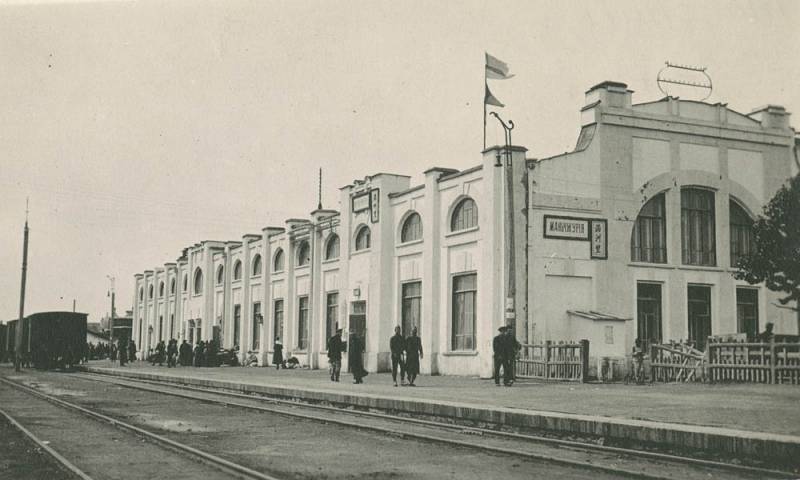
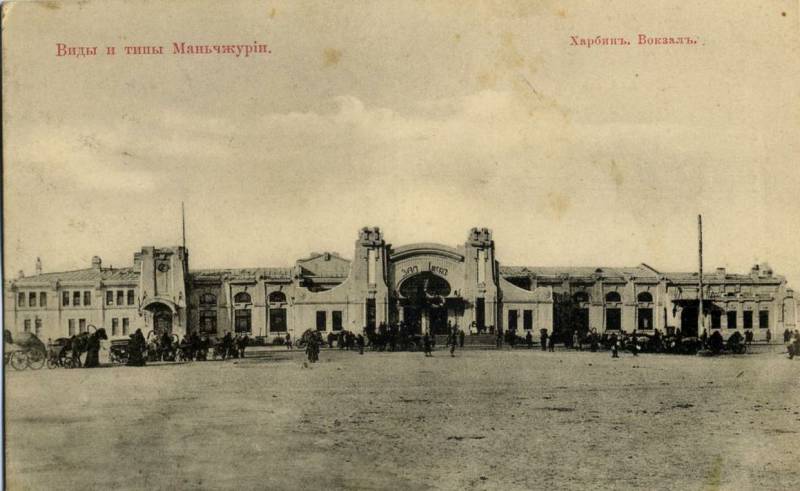
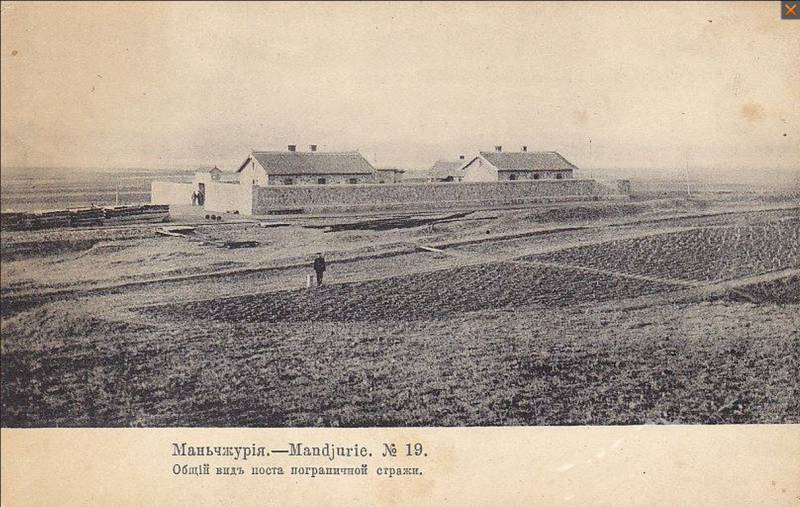
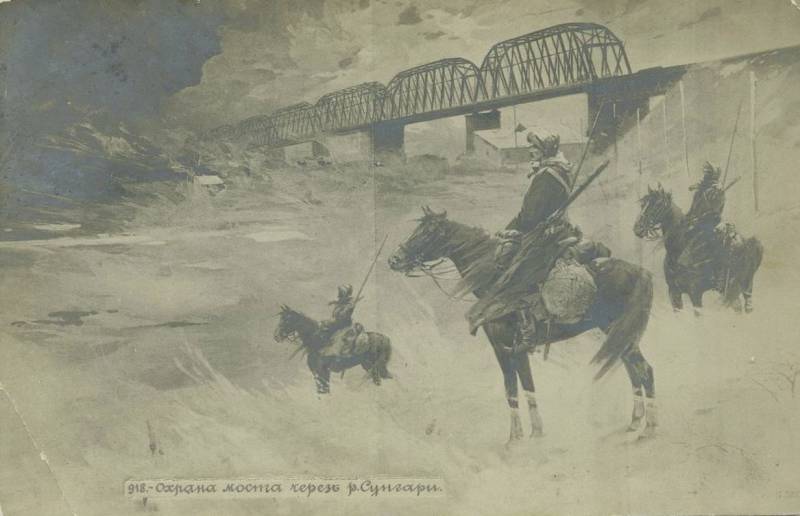
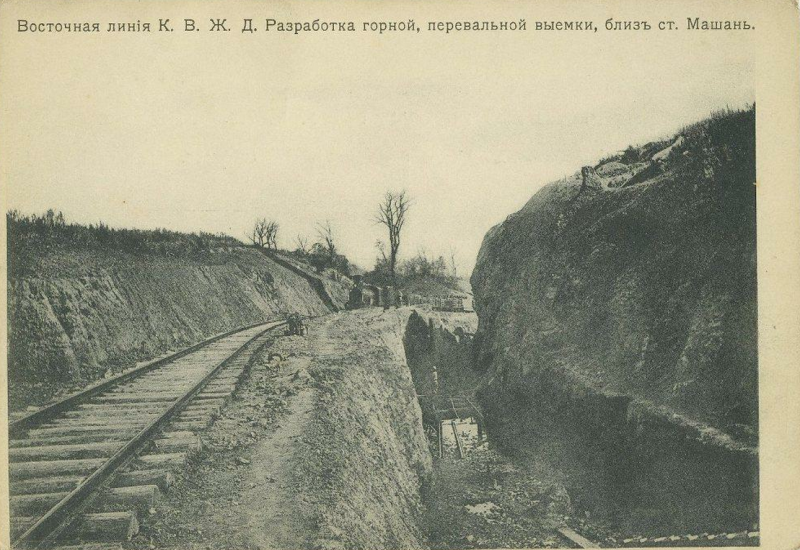
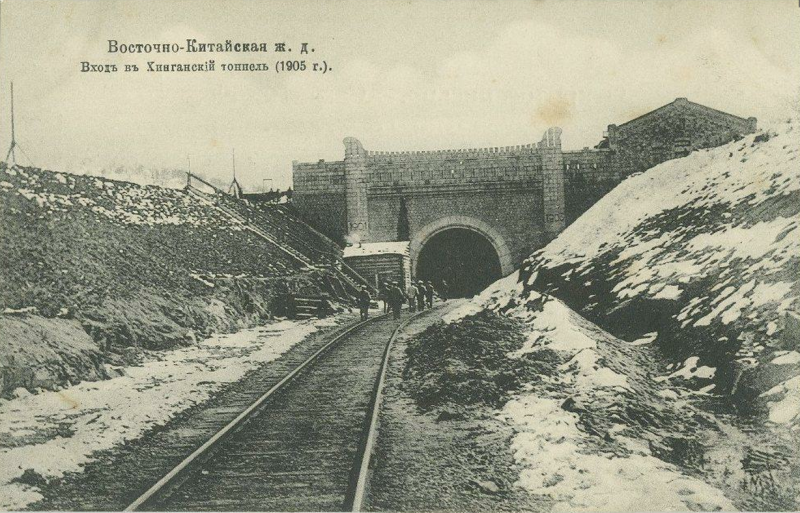
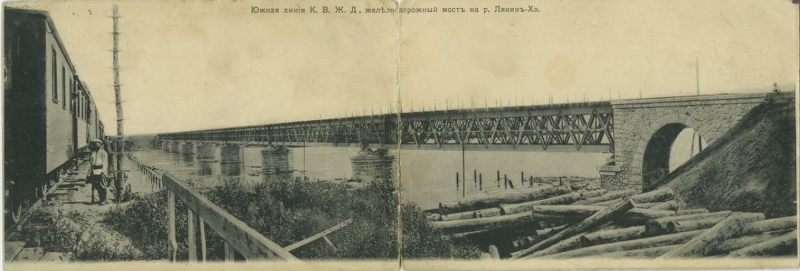
Information